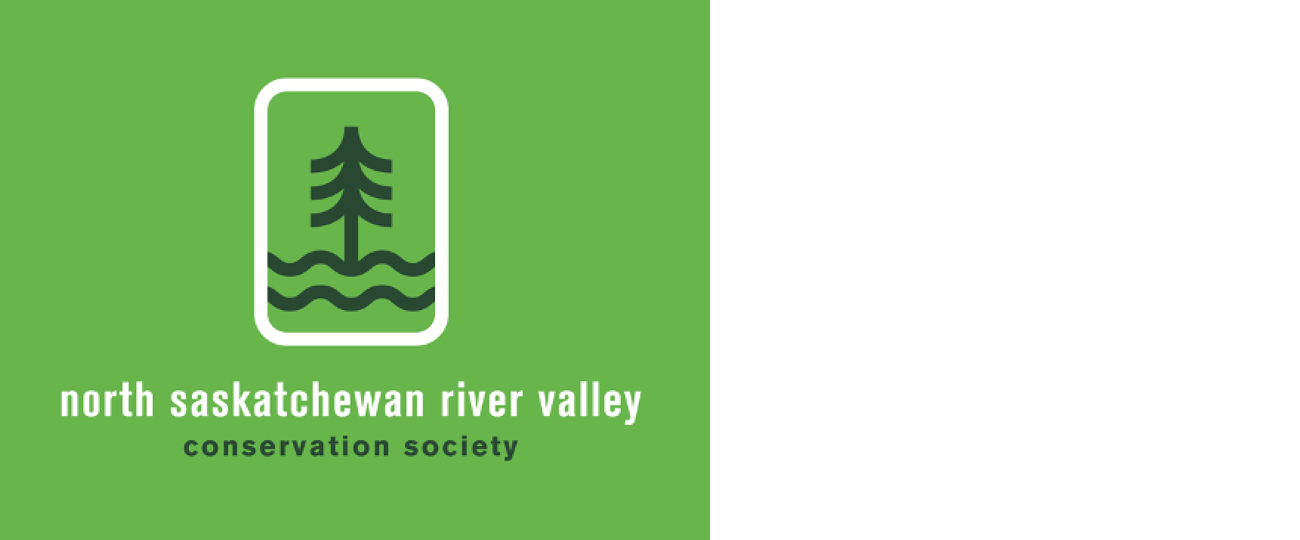Six bat species permanent residents of Alberta
There are over 1300 species of bats worldwide, of which 9 occur in Alberta - 3 species that are migrants, and 6 species that hibernate in the province and are present year-round. These six include the Big Brown Bat and all the Myotis species found in Alberta.
Bats that hibernate may still undergo long-distance movements between summer and winter habitat. Banding records from Alberta have found Little Brown Myotis, Long-eared Myotis, and Big Brown Bats moving at least 300–500 km between summer and winter habitat. One Little Brown Myotis moved almost 500 km from Warner to Stony Plain.
Where most bats in Alberta hibernate is unknown. A few caves have been identified that support hibernating Little Brown Myotis, Northern Myotis, Long-legged Myotis, and Big Brown Bats. Deep rock-crevices, such as those in some Alberta river valleys are known to be used by hibernating Big Brown Bats.
Big Brown Bats may also hibernate in buildings, possibly even moving into the cities during the winter, but this has not been observed in other species. All known hibernacula combined account for a very small portion of the bat population, making it uncertain what Alberta’s bats do during the winter. https://www.albertabats.ca/batprofiles/
Cromdale school now part of primary health centre
Reimagine Architects photo
Plans for a public school in the Cromdale neighbourhood date to 1911. That year, owing to intense growth in Edmonton’s east end, the Public School Board purchased an entire city block with an eye for erecting a modern brick schoolhouse. It wasn’t meant to be, at least not quickly.
Edmonton’s population boom stretched Board resources thin. In fact, they faced two pending lawsuits over their inability to pay contractors for the new Highlands and Rutherford Schools. With a recession setting-in and WW1 beginning, a motion among school trustees to suspend all new construction passed unanimously.
Following continued pressure from local parents, the Board relented and in Feb. 1917, opened a temporary school. The facility was a relocated wooden schoolhouse used during the construction of Highlands. Initial enrolment at Cromdale was 74 pupils, but another portable building was soon required to accommodate an increasing student body.
In July 1931 the Board issued tenders to erect a brick building at 11240-79 St, stipulating the use of cast stone and brick construction. The Board stressed employing “made in Edmonton” materials wherever possible, from brickwork, to terrazzo floors and stair-treads. The promotion of local furnishings was a smart public relations move by the district and hid the fact that the cash-strapped system couldn’t afford more exotic materials.
Cromdale School closed in 1980, and the structure and surrounding lands were sold in 2004. Today the building is part of the East Edmonton primary health centre. https://www.forgottenedmonton.com/blog/the-cromdale-school
City project encourages neighbours to act together on climate change
Addressing climate change can feel overwhelming. Neighbouring for Climate is a City of Edmonton project to bring neighbours together to act on climate change. With easy-to-use climate action cards, the project’s tool kit provides suggestions and tips for reducing greenhouse gas emissions and adapting neighbourhoods to a changing climate.
This toolkit is for everyone. Neighbouring for Climate was designed with input from Edmontonians to make climate action simple. One size does not fit all, so select actions that work best for you and your neighbours. Whether you are new to climate action or getting to know your neighbours, there are lots of ways to get involved and support one another.
Check out toolkit at https://www.edmonton.ca/city_government/environmental_stewardship/neighbouring-for-climate
Registration open for annual orange shirt day run-walk
Registration for the 4th annual Orange Shirt Day run-walk on the National Day for Truth and Reconciliation is open. Indigenous Runner is hosting the Sept 30 event and invites Edmontonians to RunConciliAction together in healing and to honour and remember the little ancestors who never made it home.
Space will be held for those who survived and strive towards truth and healing everyday. The run-walk will raise funds for local grassroots movements, to support Indigenous Athletes, and help provide safe spaces for Indigenous Runners. From first place to final finisher, every runner will receive a hand carved wooden feather for their finishers medal and race shirt.
The course will run through the river valley, be a combination of wide track trail and pavement, and have a variety of lengths to accommodate all runners and walkers. https://www.indigenousrunner.com/
The Magpies’ Nests by Kevin Sehn & Chai Duncan, Rossdale Linear Park
https://www.edmontonarts.ca/public-art/the-magpies-nests
Comment or Contributions
Please note articles may not reflect the position of NSRVCS. River Valley News is meant to be a clearinghouse for the variety of opinions and ideas about Edmonton’s River Valley.
Email river valley photos, event information, comments, or questions to nsrivervalley@gmail.com
Forward this link to anyone you think may want to sign up for this newsletter https://www.edmontonrivervalley.org/newsletter-signup

















